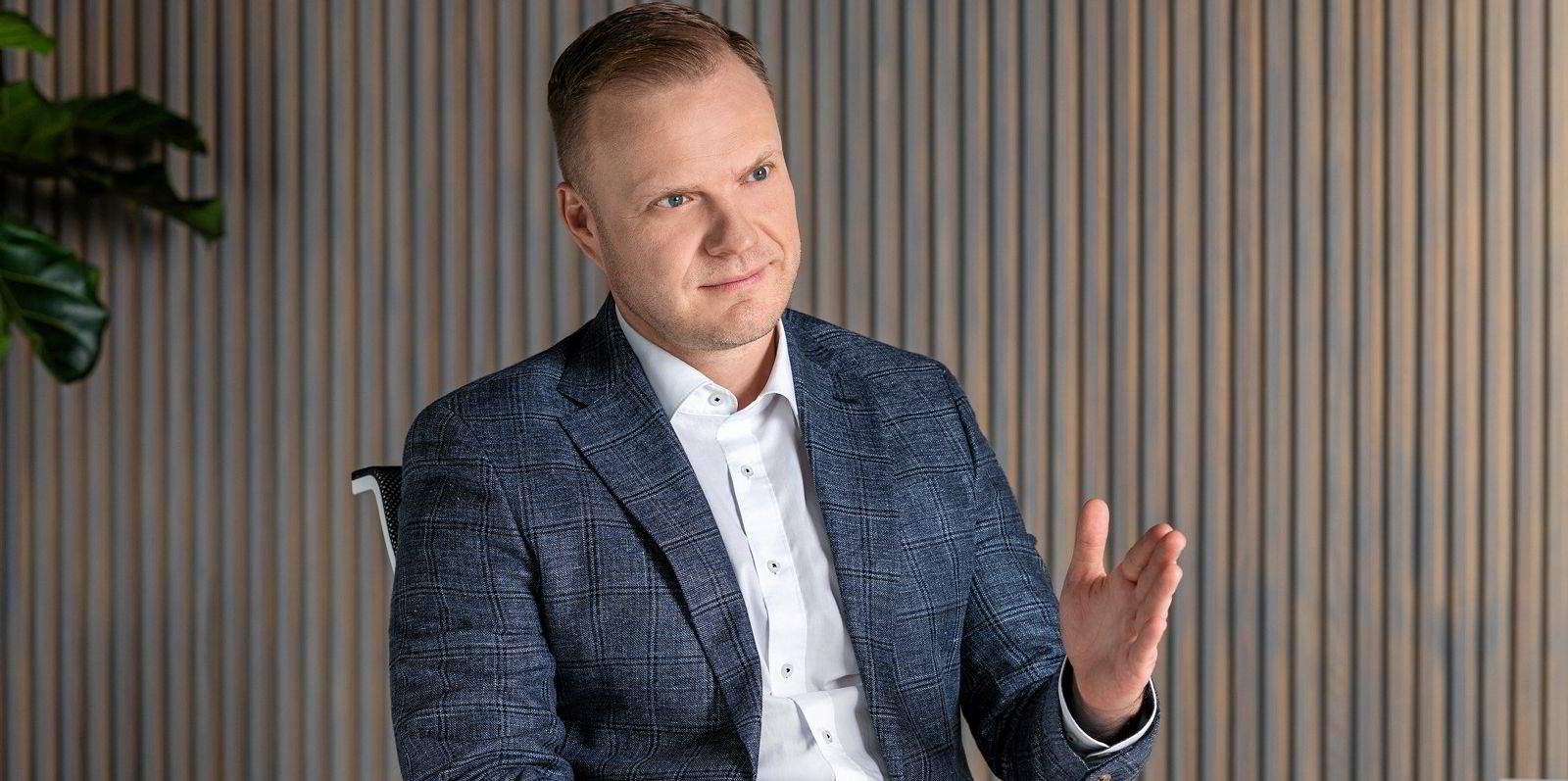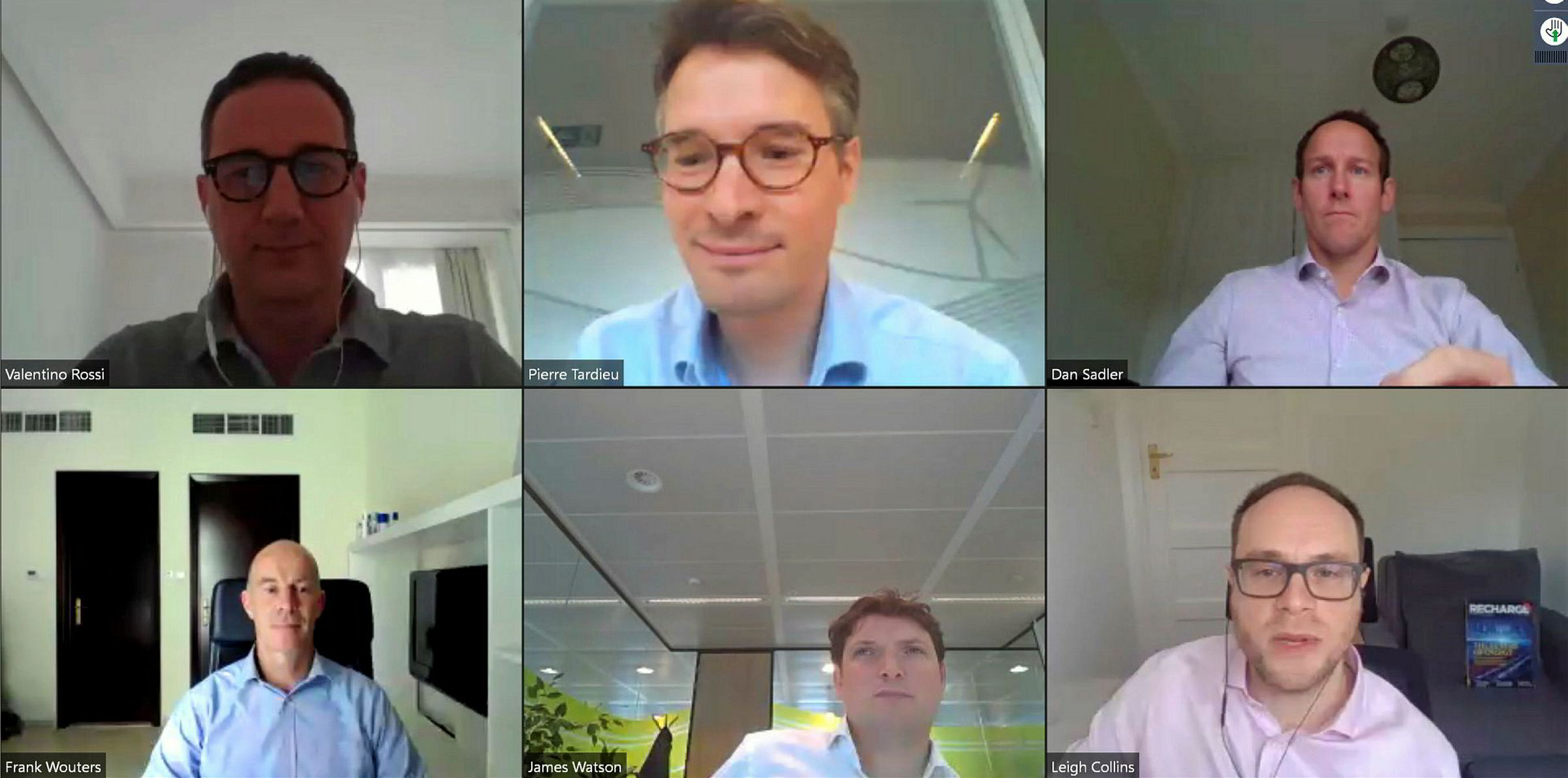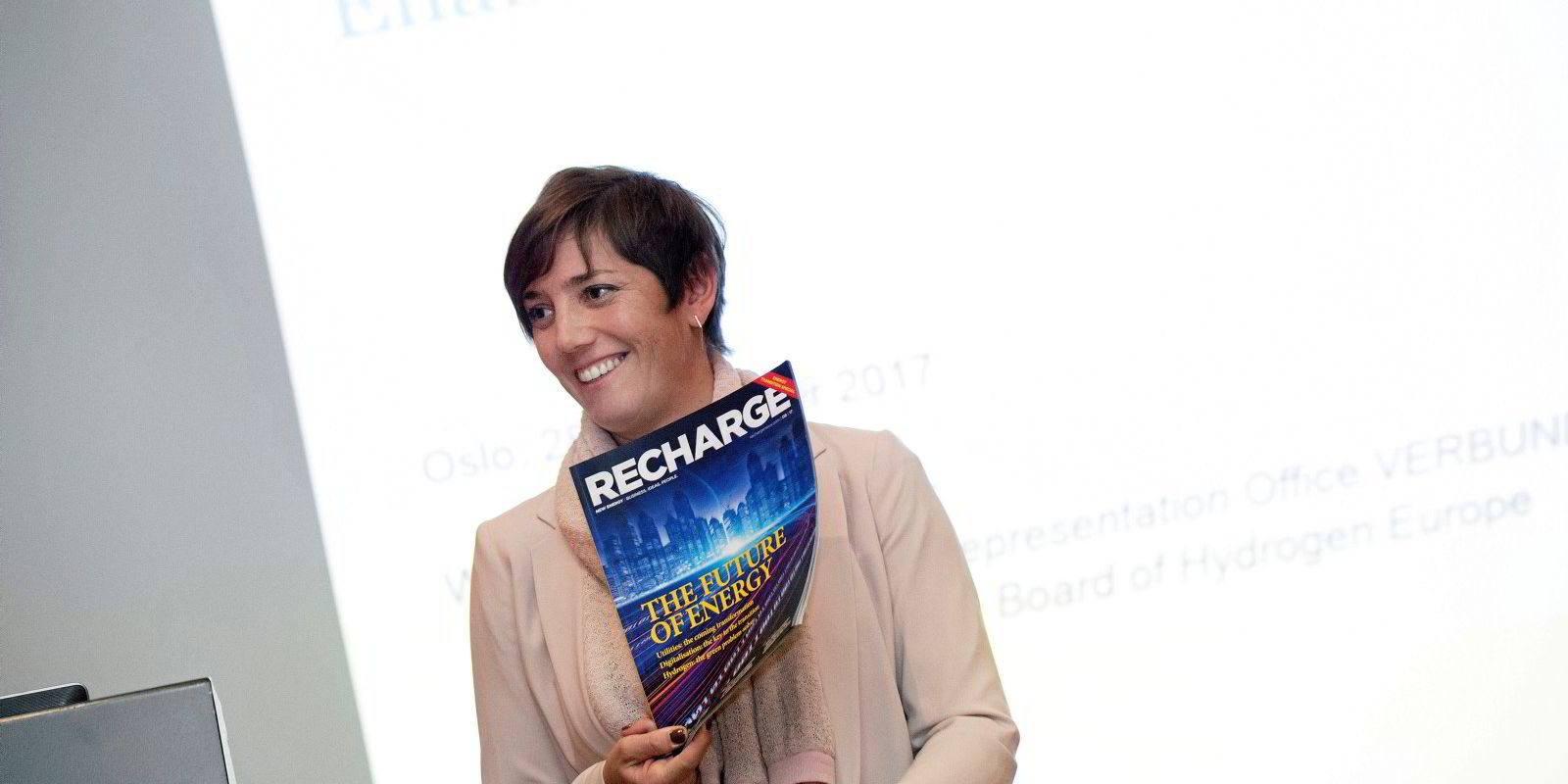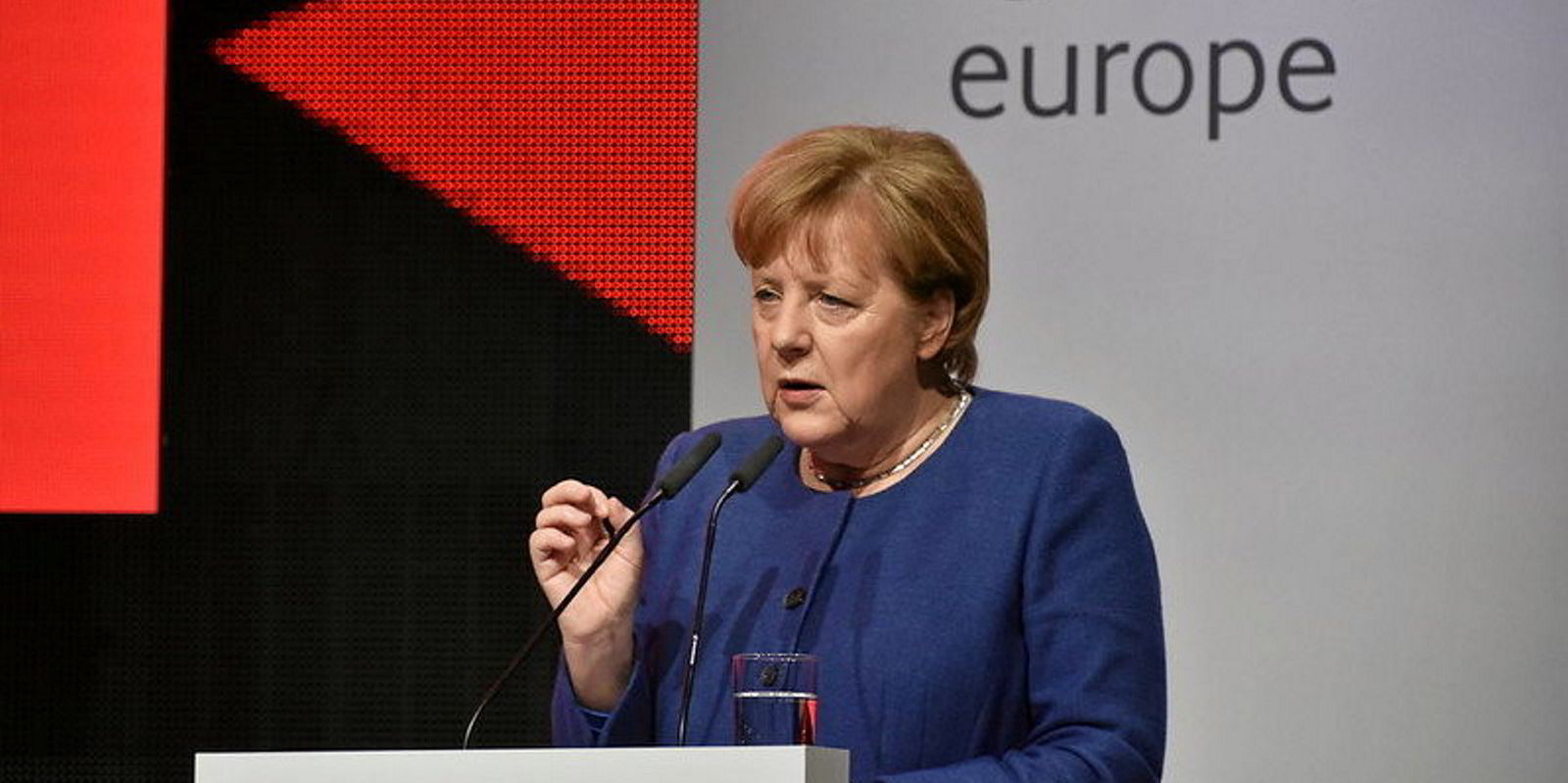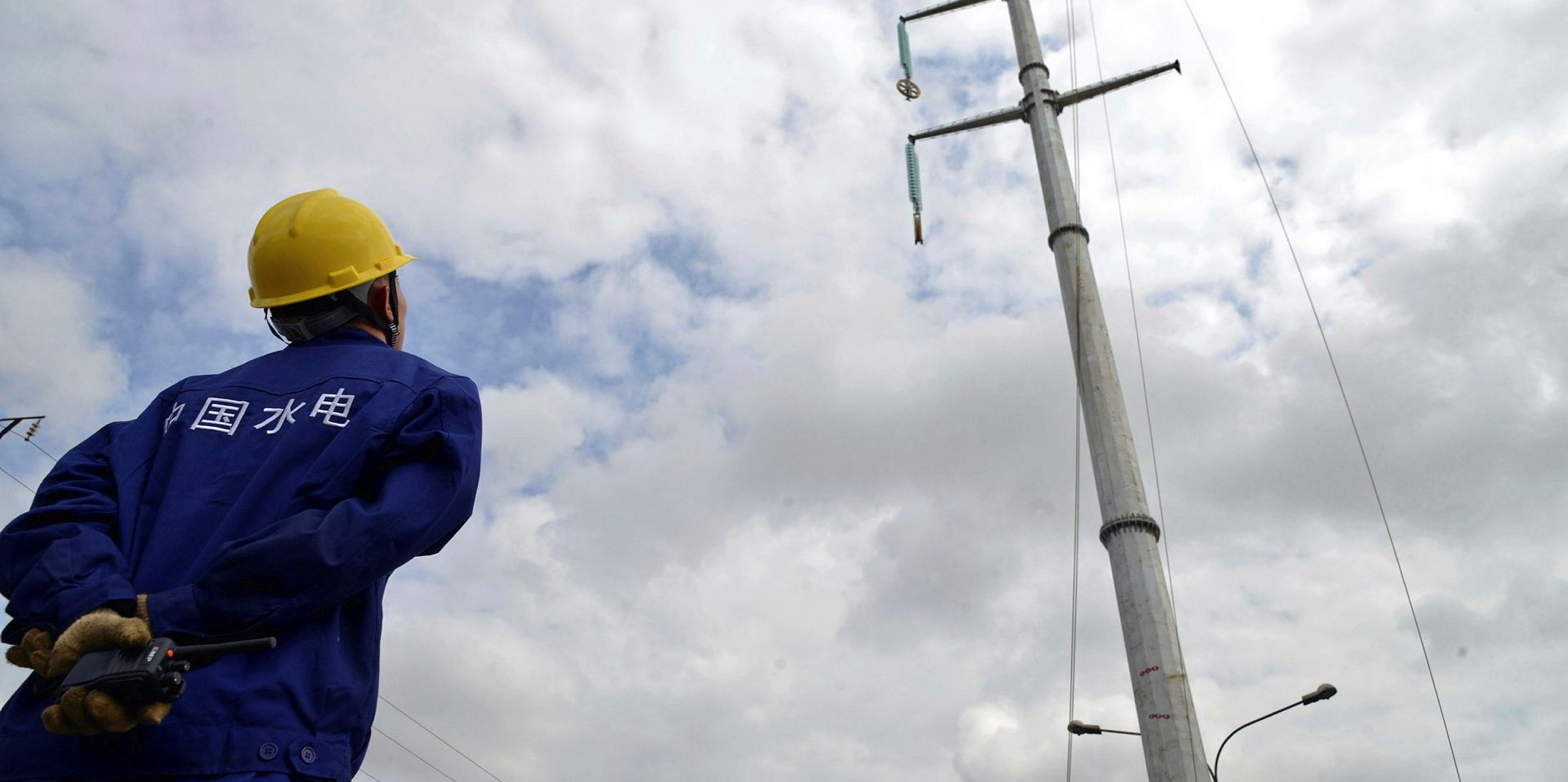Ukraine’s largest energy company is planning to build 1GW of renewable energy projects in the EU by 2030, Recharge can exclusively reveal.
With Ukraine’s own renewables industry in meltdown, DTEK’s green-energy unit will focus on building solar projects in Italy, Spain and Portugal, and wind farms in Scandinavia.
The move comes in stark contrast to EU plans to potentially import large amounts of green energy from Ukraine. In last summer’s EU hydrogen strategy, the European Commission singled out Ukraine as a potential source of green H2 and renewable electricity that Europe might need to meet its target of net-zero emissions by 2050.
Part of the reason for this special treatment is that the former Soviet republic liberalised its electricity market in 2019, and aims to move its power system away from its current grid integration with Russia and Belarus, and be fully integrated with the EU electricity market by 2025.
Ukraine has also set a goal of sourcing 25% of its total energy mix from renewables by 2035 — up from about 5% in 2019 — and has a feed-in tariff (FIT) system for wind and solar project.
And on top of this, the country has good solar irradiation and wind speeds, as well as a much lower population density than most of the EU (with the exception of the Baltic states and Scandinavia), which means there is plenty of available land to build commercially viable renewables projects.
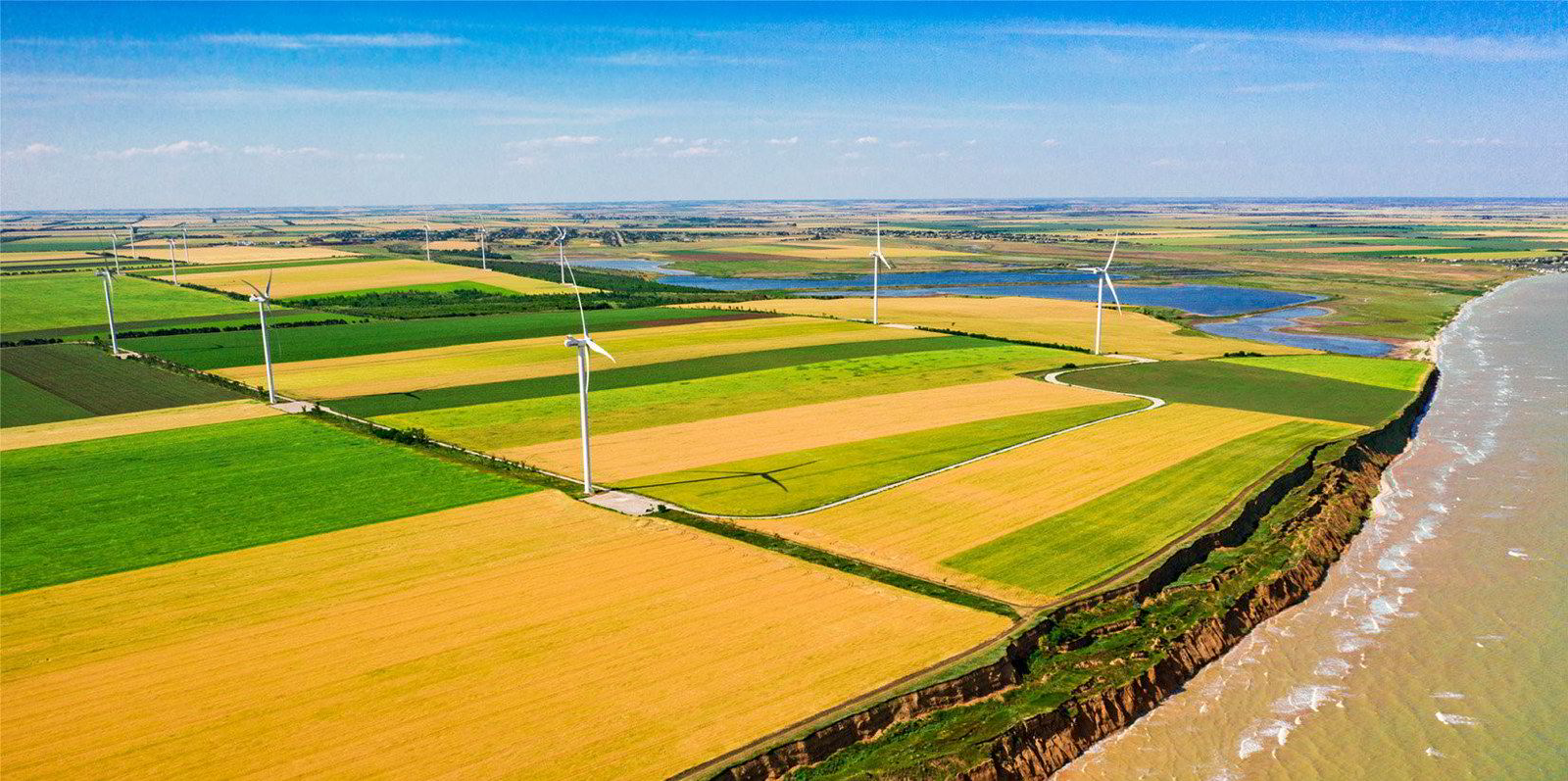
DTEK — which has large oil & gas and coal mining operations, as well as generating a quarter of Ukraine’s electricity — even has a stated goal of reaching net-zero emissions by 2040, as well as a 33% renewables target for 2030, having already installed 1GW of wind and solar in the country.
Taking all that into account, the renewables market in Ukraine should be buoyant — yet it is actually in chaos.
The country introduced its FIT scheme to support the growth of renewables back in 2008, with a new government agency, called Guaranteed Buyer, responsible for buying the power from wind and solar projects and distributing the guaranteed payments to developers.
But like in Spain in the early 2010s, the government underestimated how much renewable energy would be produced, and consequently the state-owned network operator, Ukrenergo — which was supposed to provide most of the Guaranteed Buyer’s income — last year ran out of money to meet its legal obligations.
Ukrenergo started reducing its payments to the Guaranteed Buyer in January 2020, and paid nothing in March and April, meaning that renewables developers received no money for the energy they produced.
Solar power, in particular, was the issue. At the end of 2016, the country had installed 955MW of PV, but by 31 December 2019, this figure had grown to 5.94GW, according to the International Renewable Energy Agency. By comparison, wind installations had only reached 1.26GW by the end of 2019 — although that represented a doubling of installations in a single year.
By 30 April 2020, Ukrenergo owed the Guaranteed Buyer 10.9bn hryvnyas ($390.5m), and the latter sued the former. And the developers and their creditors began suing the Guaranteed Buyer.
“This put us in a liquidity problem,” Maris Kunickis, chief executive of DTEK Renewables, tells Recharge. “We could not pay back banks [for loans], we could not pay creditors [who had bought green bonds], we could not even pay salaries to our employees. It was a big, big problem.”
The European Energy Community — an international organisation set up to establish a pan-European energy market by extending the EU’s frameworks to non-EU states in southeast Europe — stepped in to act as a mediator between the local renewables sector and the Ukrainian government.
In July, a compromise agreement was reached, and on 17 November, the Ukrainian parliament adopted a new law, which enabled the government to guarantee Ukrenergo’s debt obligations and pay back the debts over time — although it also included retroactively FIT reductions — a 15% cut for megawatt-scale solar projects and 7.5% for wind built in 2015-19. The FIT scheme would also be phased out for solar at the end of 2022 and for wind at the end of 2023, with new 75MW-plus solar projects seeing an immediate 60% FIT cut.
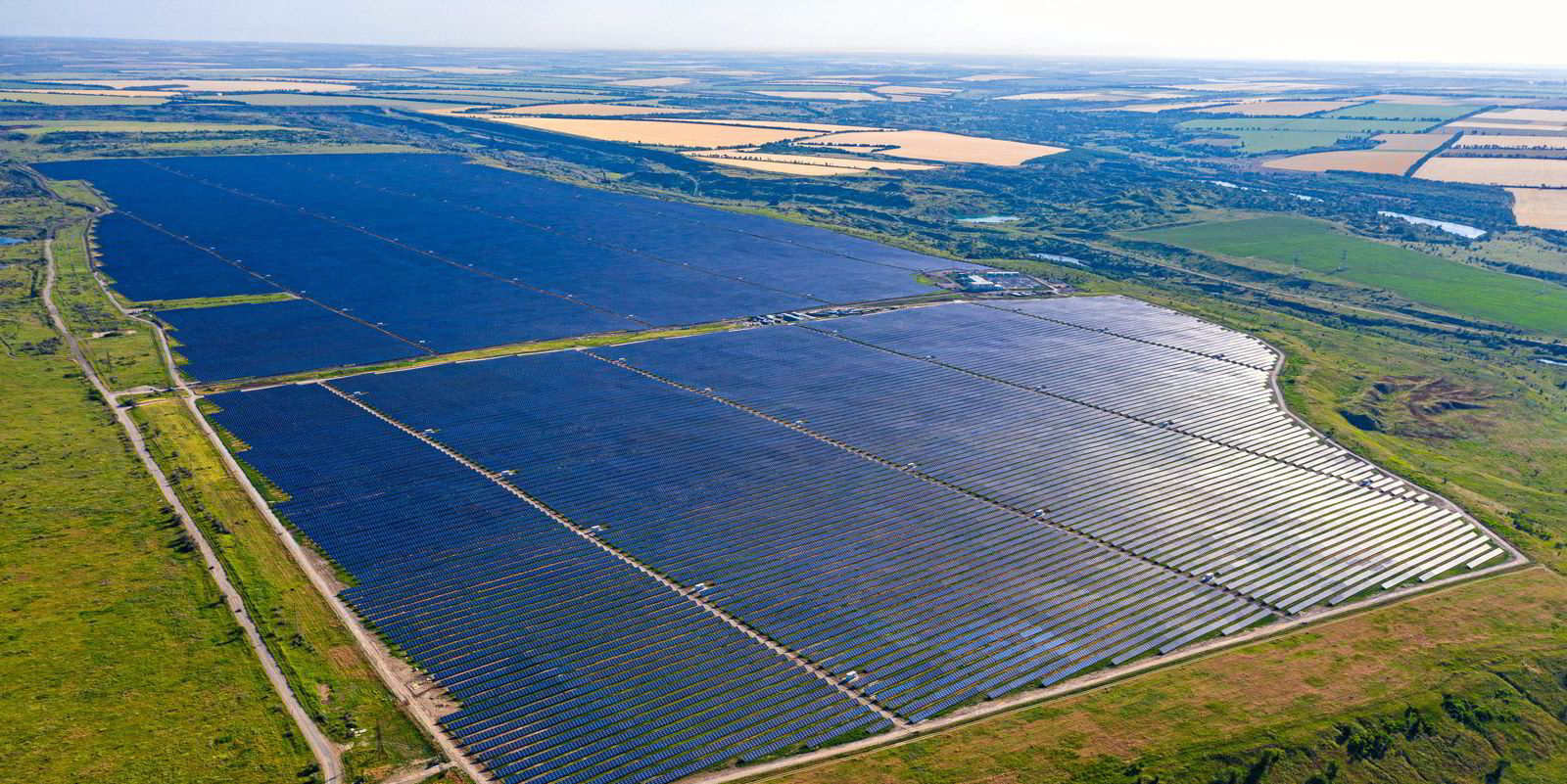
By 26 November, the Guaranteed Buyer owed developers 26.2bn hryvnyas ($938m).
The government was supposed to pay back 40% of this money by the end of 2020, with the remainder coming in 2021. However, the government is yet to release that money.
The crisis has left a bad taste in the mouths of Ukraine’s renewables and financial sectors. Even though the FIT is continuing for another two years, the country’s wind and solar industries are virtually on hold, aside from the construction of already-financed projects.
For example, on 1 March, DTEK Renewables and Vestas signed a joint venture agreement to begin construction of the 126MW Tiliguska wind farm in southern Ukraine, using funds raised by the Kyiv-based company in 2019.
“Today it's very challenging to attract new financing for projects in Ukraine. The interest rate is very high due to these uncertainties... so we are paying interest rates [that are] three, four times higher than the average in Europe,” says Kunickis.
“There is not any sense from an economical point of view to make these investments in solar.”
DTEK can, however, attract the same interest rates as European companies for projects inside the EU.
Kunickis is still positive that the government will put in place a new strategy to support the growth of renewables — potentially as soon as this summer — which he believes will be an auction-based scheme.
“We still believe the government will find a proper scheme to finance renewables, because the government still has this [25% renewables] target for 2035.
“I see that our growth in Ukraine will be not so fast in the next three, four years, but will be faster after 2026, when most probably we will be seeing another financing scheme for renewables [kick in].
“And we see that after 2030, that not only in Europe, but maybe also in Ukraine, there will not be any more feed-in tariffs or auction schemes, but all new capacities will be installed according to just market rules.”
He adds that if the EU wants to source power and green hydrogen from Ukraine, it should provide funding to make this happen.
“I think, especially for this green hydrogen, I think every new industry at the development stage should get some injection of grants or investments to accelerate this process.”
The amount of green hydrogen that Ukraine could provide to the EU was not stated in the European Commission’s Hydrogen Strategy document, but according to DTEK’s chief innovation officer Emanuele Volpe, the bloc expects Ukraine to install 10GW of electrolysers by the end of 2025, of which 2.5GW will be used locally with production from the remainder exported to Europe.
Since the EU hydrogen strategy was published, energy companies in Ukraine have been investigating how to move into the sector, including the prospect of using existing gas pipelines to transport the clean gas to the EU, says Kunickis.
He believes that Ukraine can begin producing green hydrogen at scale once the government resolves the existing renewables crisis.
But in the meantime, DTEK Renewables — which has so far installed 550MW of wind and 450MW of solar in Ukraine — is looking to build its own wind and solar projects inside the EU.
“We have different scenarios — if the [Ukraine] government will not be so active [in resolving the crisis], we will be more active in the European Union.”
The company is already “very active” at expanding into renewables project development in the EU, he says, adding: “We are not running from Ukraine. We want to stay here and be leaders in the energy transition.”
